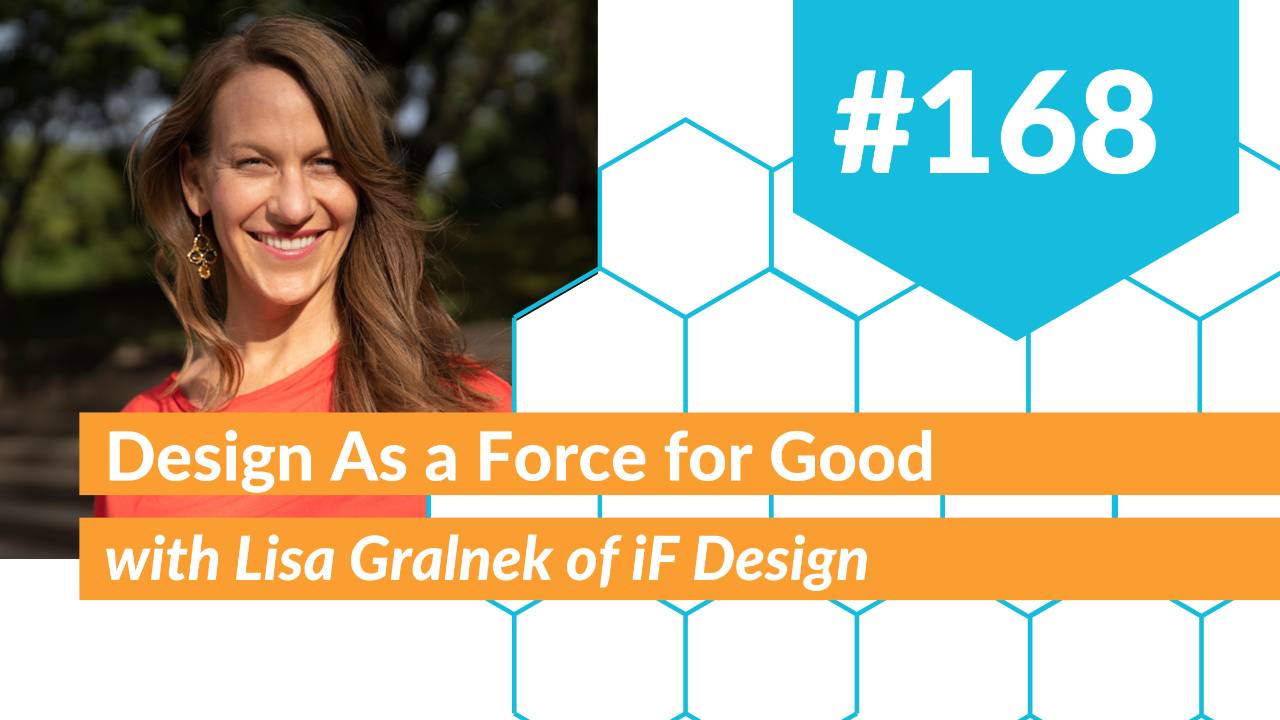The Deep Dive: A Review of Season 6 of The Trend Report Podcast

Season Six of The Trend Report distilled a turbulent year into clear strategies leaders can use now. We explored how meaningful sales begin with listening, not presenting, and why a simple smile can help lower tension and spark trust during video calls. Guests reframed the idea of thought leadership as a compound effect: show up consistently with practical value, and relationships become the edge that pricing can’t match. We paired that human-first approach with operations that scale, from apples-to-apples benchmarking to EOS for clarity and accountability. The throughline was pragmatic courage: do the simple things well, then systematize them so they hold under pressure.
Operational wisdom showed up in two powerful forms. First, benchmarking only works when you compare like-sized dealers; vanity comparisons mislead decisions and morale. Second, growth becomes repeatable when you define a niche with precision and align the process to serve it. We heard h...
Design as a Force for Good

Design is more than aesthetics; it is the hidden system that shapes how we live, work, and build. In this conversation with IF Design’s Lisa Grahlnick, we pull back the curtain on design as a force for good, moving beyond shiny objects to the structures and choices that decide whether a product thrives, a platform scales, or a policy creates real value. Lisa’s career across fashion, strategy, and design leadership reveals a through line that ties values, creativity, and operations together. She argues that design sits at the intersection of left- and right-brain thinking, combining analysis and imagination to solve real-world problems. Whether improving a beverage label’s recyclability or building resilient energy access in emerging markets, the decisions are designed, and their impact is measurable.
IF Design’s story proves how design leadership can guide a global ecosystem. Founded in post-war Hanover, the organization grew alongside the rise of indust...
Fifty Shades of… Storage? How Heartwork ditched gray and made lockers cool

Curiosity, travel, and a deep respect for makers form the spine of this conversation with Heartwork founder Karen John. The story begins in a small Northern California town and quickly expands across UCLA, Florence, Milan, and Stanford, where exposure to Italy’s multidisciplinary studios reframed what a designer could be. In those studios, the walls between product, environment, brand, and strategy simply didn’t exist. Designers worked hand in hand with manufacturers, engineers, and clients, collapsing the distance between idea and execution. That proximity set a standard that would later inform how Heartwork manufactures in the U.S., keeps design close to production, and treats storage as a tool for culture rather than a commodity. The lesson is universal: when the person who imagines the thing knows the person who makes the thing, quality rises and waste falls.
The conversation turns to design education and the uncomfortable but transformative power of...
The Raw and Real Guide to Creating Content That Connects

Creating content in today's digital landscape isn't just about gaining followers or building a personal brand; it's about making genuine connections and providing value to your audience. In a recent follow-up conversation between Sid Meadows and Adrian Leal on The Trend Report podcast, they unpacked the fundamental steps to beginning a content creation journey that feels authentic and impactful rather than overwhelming.
The importance of content creation for sales professionals cannot be overstated in our current business environment. As decision-makers get younger, they're increasingly likely to "social proof" potential partners before or after meetings by checking their LinkedIn profiles and other social media presences. Having no digital footprint essentially makes you invisible in today's digital economy, where buyers are actively seeking solutions to their problems. Adrian emphasized that when you create content consistently, you're developing relat...
The Best Investment You'll Ever Make Is in Yourself

Professional development is often misunderstood as something that happens to us rather than something we actively create. In today's fast-paced business environment, waiting for your company or manager to invest in your growth is a losing strategy. The truth, as highlighted in a recent Economic Times report, is striking: professionals who completed at least one certification or learning program in the past year received salary increases 2.5 times higher than those who didn't. The message couldn't be clearer – those who take control of their own development see tangible benefits in their careers.
When reflecting on my own journey, particularly in podcasting, I've experienced firsthand how self-directed learning can transform results. When I launched my podcast in 2020, I had no idea where to begin – from equipment needs to show structure and editing techniques. I started with free resources, such as YouTube tutorials, but quickly realized that to move bey...
From Chaos to Opportunity: Navigating Public Sector Sales Growth

Public sector sales represent a significant opportunity for furniture manufacturers, dealers, and representatives, yet many overlook this massive market segment. In a recent podcast takeover of The Trend Report, Michelle Warren, founder of Catalyst Consulting Group, and Ryan Hay, a public sector expert, revealed compelling insights about why public sector sales should be part of every furniture company's growth strategy.
The numbers alone make a compelling case: of the approximately $15 billion North American furniture market, the public sector accounts for $4-6 billion annually. That's nearly one-third of the entire industry. Within that, federal government spending on furniture reaches approximately $1.4-1.5 billion annually, while the state, local, and education (SLED) markets contribute roughly three times that amount. Ignoring this segment means missing out on a substantial portion of potential business.
What makes the public sector particularly at...
The Content Revolution in Office Furniture Sales

The Content Revolution in Office Furniture Sales: Building Authority Through Content
In today's rapidly evolving furniture industry landscape, the traditional sales approach of product-focused pitching is becoming increasingly ineffective. As Adrian Leal, Regional Sales Manager at Clarus, emphasized during our recent conversation on the Trend Report podcast, "we work in a commoditized industry" where differentiating through product features alone is nearly impossible. What truly sets successful sales professionals apart is their ability to build authentic relationships and establish themselves as thought leaders in their field.
The digital revolution has fundamentally transformed how business relationships begin in the furniture industry. Before a potential client ever meets you face-to-face, they're likely performing what Adrian calls "social proof" – examining your online presence across platforms like LinkedIn, Instagram, and other social channels. T...
Tech Talk: Navigating the Complex Digital Landscape

In today's rapidly evolving business landscape, the office furniture industry faces a unique technological challenge that many outside the sector might not fully appreciate. As Sid Meadows and Kari Anderson discuss in their enlightening conversation on The Trend Report podcast, the complexity of technology within this specialized industry creates significant hurdles that businesses must overcome to remain competitive.
At the heart of the issue lies what Kari aptly describes as "antiquated processes" that persist despite the technological advancements we enjoy in our personal lives. Consider how we've embraced automation at home—from voice assistants like Alexa and Siri to smart home technology—yet when professionals enter their workplaces, they often step back decades in technological capability. As Kari points out, "I feel as though I step back 20 years in my life sometimes when I go to work in my day-to-day business."
The primary challenge facing the ...
The Power of Everyday Innovation

Innovation isn't just about groundbreaking technology or revolutionary products. In its most potent form, innovation can be found in simple, everyday ideas that transform customer experiences and leave a lasting impression. As Sid Meadows explains in his Trend Report podcast, innovation creates new value by transforming ideas, methods, or products into impactful solutions that improve existing experiences, systems, or markets. It's about finding better ways to meet customers' needs, solve problems, and create value.
Consider the delightful story of the Magic Castle Hotel in Los Angeles. This modestly appointed hotel has gained widespread acclaim not for its luxurious amenities, but for a humble yet brilliant innovation: the Popsicle Hotline. Guests lounging by the pool can pick up a bright red phone labeled "Popsicle Hotline," and minutes later, a staff member wearing white gloves delivers a complimentary popsicle on a silver tray. This memorable yet str...
The Birth of Kabin: From Cardboard to Revolution

In the midst of pandemic lockdowns, when many businesses were struggling to survive, Walter Craven experienced a moment of entrepreneurial clarity that would transform the future of office spaces. Confined to his London home with a wife painting, children homeschooling, and the constant cacophony of everyday life, Walter found himself desperately seeking personal space and focus. This frustration became the catalyst for Cabin – not just another acoustic pod but an experience designed to make people feel at home while at work.
The traditional approach to office privacy has always involved placing workers in backward-facing boxes, isolating them from their environment. Walter's innovation completely transformed this concept – literally. The Cabin pod positions users facing outward through glass, maintaining the connection with their surroundings while providing acoustic privacy and a sense of command over their space. This "throne-like position," as Walter...
